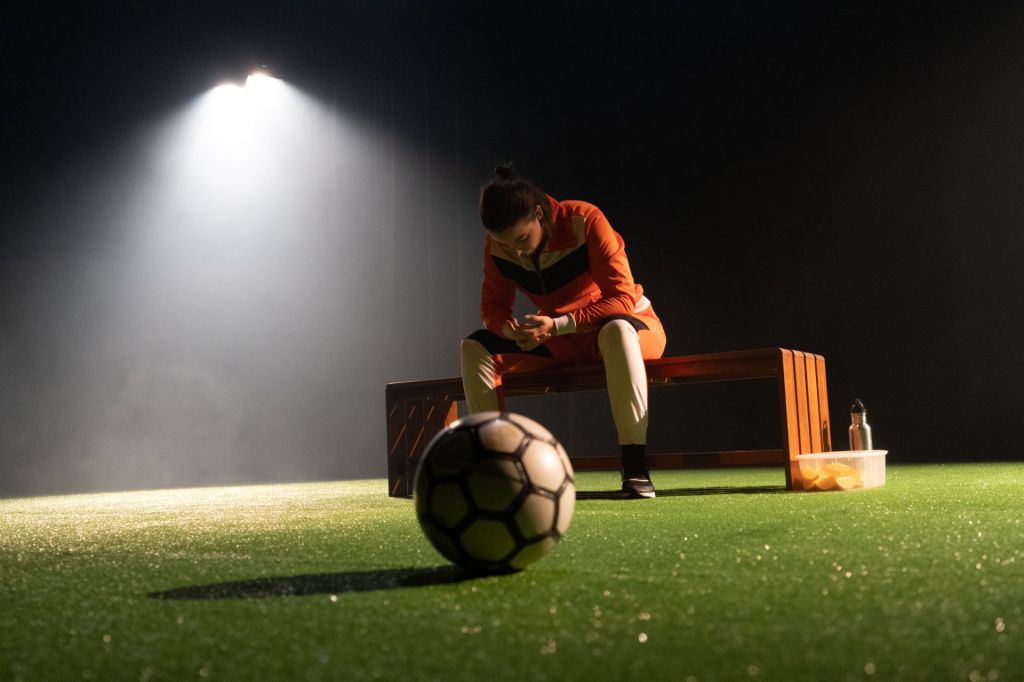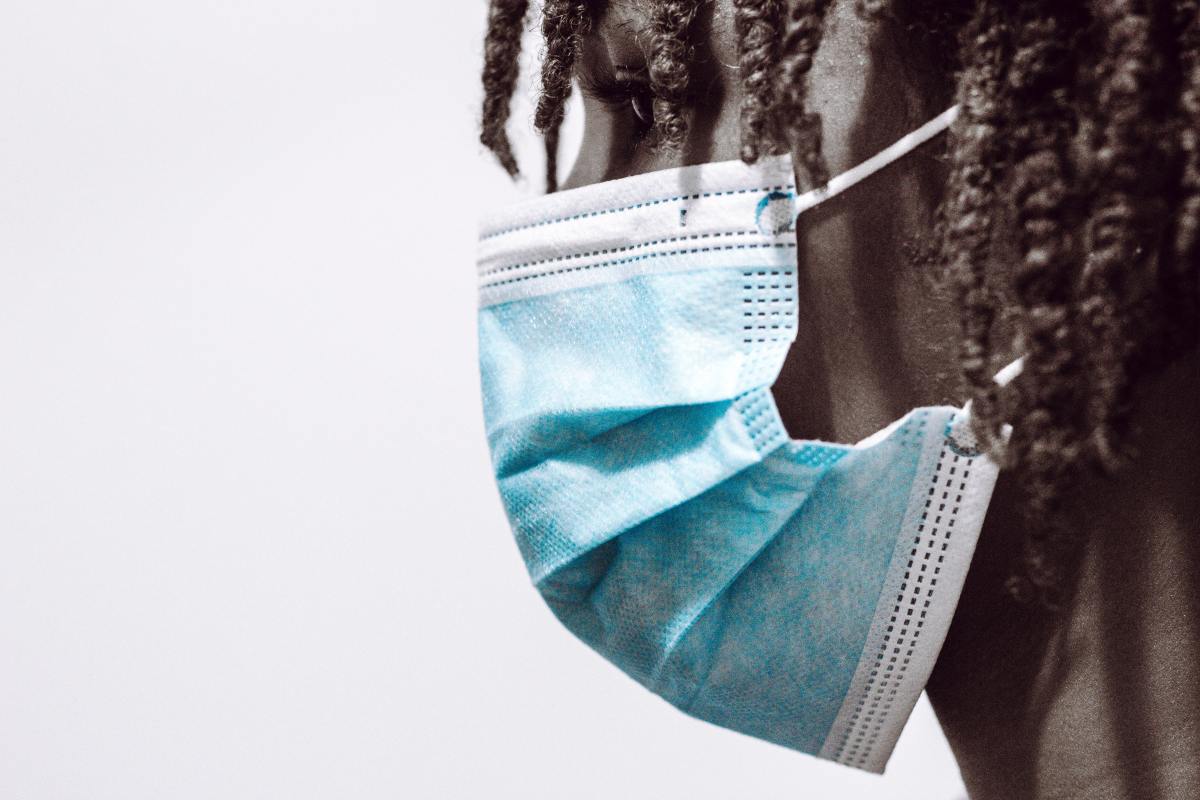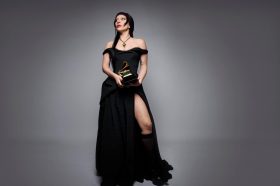‘Is this show going to be worth dying for?’ is the question I now ask myself before saying yes to performing in or watching a show.
If I enter this enclosed space, with poor ventilation, with hundreds of people (many no longer wearing masks despite an ongoing airborne pandemic) will I catch COVID? And will I, like 10,000 other Australians, die from COVID? Will I become more disabled due to COVID? Will my life completely change forever, and is this show worth that?
Is this below minimum wage paycheck on an indie show worth my life?
Is this show worth a $90 ticket plus my life?
Is this story worth risking my life onstage night after night?
Unable to wear a mask as the performer on the stage, forced to trust my colleagues and audiences to keep my life safe – can I trust them?
Overwhelmingly, logically, no.
But, there are bills to be paid, careers to foster, stories to tell and to hear.
One of the shows I decided to risk my health and life for earlier this year was Sydney Theatre Company’s The Picture of Dorian Gray. When I looked around the theatre, my heart ached for Eryn Jean Norvill, the sole performer, maskless in a sold out, largely maskless theatre.
Orbited by a masked camera crew, her bare face was reflected back at her hundreds of times across the stalls of Her Majesty’s Theatre in Adelaide on Kaurna Yerta. The entire show hangs on her performance, and on her ability to stay healthy – though Dorian Gray has the safety net of Nikki Shiels as an alternate performer should EJ be unable to go on, for example in the case where someone exhaled out COVID-19 particles for EJ to inhale.
Dorian Gray is a triumph of a show, of artistic ambition and talent, and a show I felt well rewarded for risking my life for.
EJ’s performance is truly a career-defining tour de force, and one I genuinely treasured witnessing. I minimised my risk by seeing the show behind a fitted N95 mask, regularly applying hand sanitiser, social distancing, and reducing my time spent inside the theatre and foyer.

I risked my life to bring my show Benched to the stage in Melbourne and Sydney this year. A calculated risk, where I weighed my enriching, soul nourishing show and progression of my career against COVID and further disability. Benched is a solo show, made by a 100% disabled team, who know how to keep each other safe. During the season we asked audiences to mask up and built COVID safety into our accessible processes – disabled people already working in ways that preserve our health, ways that overlap with many COVID safety precautions.
When I performed the show in Melbourne for Midsumma Festival I performed the show behind a face shield. As chronically ill and disabled people, we are familiar with judging risks to our life and gambling our mortality. This is our home turf.
Now, more than ever, is the time to listen to disabled artists for best practice.
After the lockdowns, lack of JobKeeper, and general pandemic-related delays, disruptions, and decimations, I understand why we are throwing ourselves back in live performance. For those of us still standing, it can be how we make our money to pay our bills, or satisfy our burning need to join in sacred communal storytelling. We are all burnt out, hustling, underpaid, underemployed artists, bringing home the bacon any way we can – and that means choosing what shows to die for.
After so long without our art, we are hungry for our stories. So hungry, we fall prey to the broader fantasy we are collectively telling ourselves at home and around the world. That the pandemic is over. COVID is past tense. Things are back to normal. We no longer tune in to hear the 11am COVID update. Omicron? BA.4? 5? What strain are we up to?
COVID is done, until it isn’t.
Until it catches up with your actors and you’re scrambling for an understudy to go on script in hand. The night I saw Jordy Shea’s Ate Lovia at the Old Fitz on Gadigal land in Sydney, four out of the five cast were played by understudies, the four actors benched with COVID. State Theatre Company South Australia’s production of Antigone saw the playwright Elena Carapetis step in for an actor down with COVID. Malthouse’s Looking for Alibrandi was delayed a week with the cast and creative team struck by COVID. The price of the COVID-free fantasy is canceled or rescheduled shows.
In the midst of winter, with theatre ‘back’, the risk for artists and audiences weighs heavy in an already decimated industry. Countless artists and crew left the industry for safer, more consistent industries during the sourdough era of COVID, and we need safe workplaces for them to return to.
As I have throughout every stage of the pandemic, I turn to the disabled community for guidance and best practices for COVID safety precautions. Disability twitter refreshes with advice and warnings; we order our N95’s in the group chat; we watch livestreamed performances from our homes.
The resounding calls for COVID safety measures are the return of mask mandates, improved ventilation and filtration, remote viewing and working options, and physical distancing.
If we want to get our stories onstage in the age of COVID, implementing these precautions is in the best interest of our shows, rather than the unprepared laxity of the COVID-free fantasy.
As companies and producers prepare for their next show, I invite them to consider the answer to the question: is this a show to die for?
If one of your cast or crew catches COVID during your show, how will that rest on your conscience? If they died or became disabled from COVID, how might that change your life? Is this a story you wholeheartedly believe is worth an audience member risking their life to see? Is their $30, $60, $90 ticket price worth their life?
Is this a show to die for?




